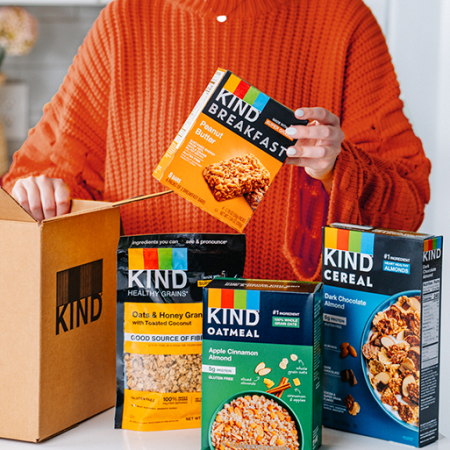Get 15% off your first order with WELCOME15 ! ![]()
Notify Me

Thank you for your interest!
We will notify you when this product is available.
We’ll email you instructions on how to reset your password.

We will notify you when this product is available.
Get 15% off your first order with WELCOME15 ! ![]()